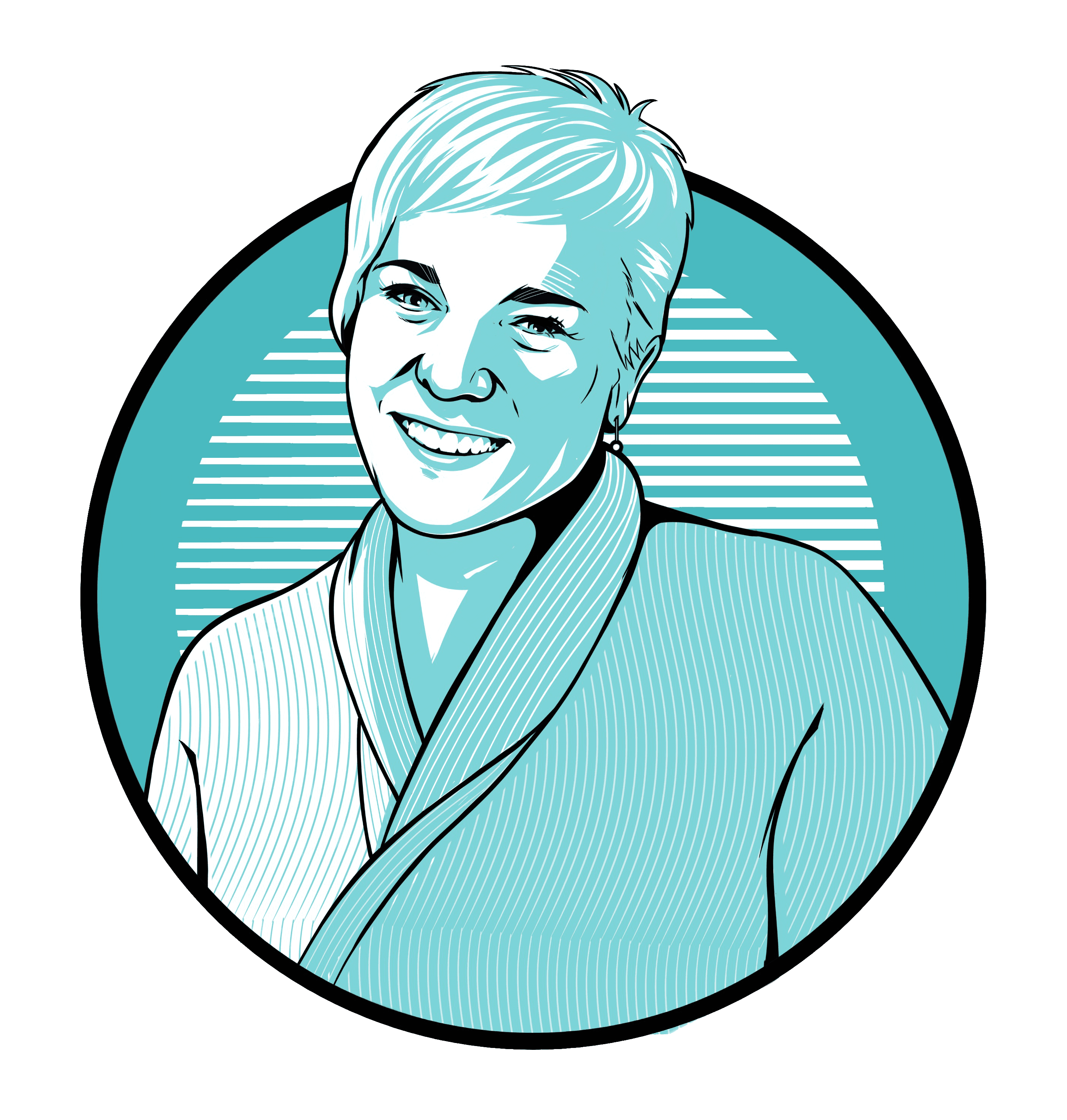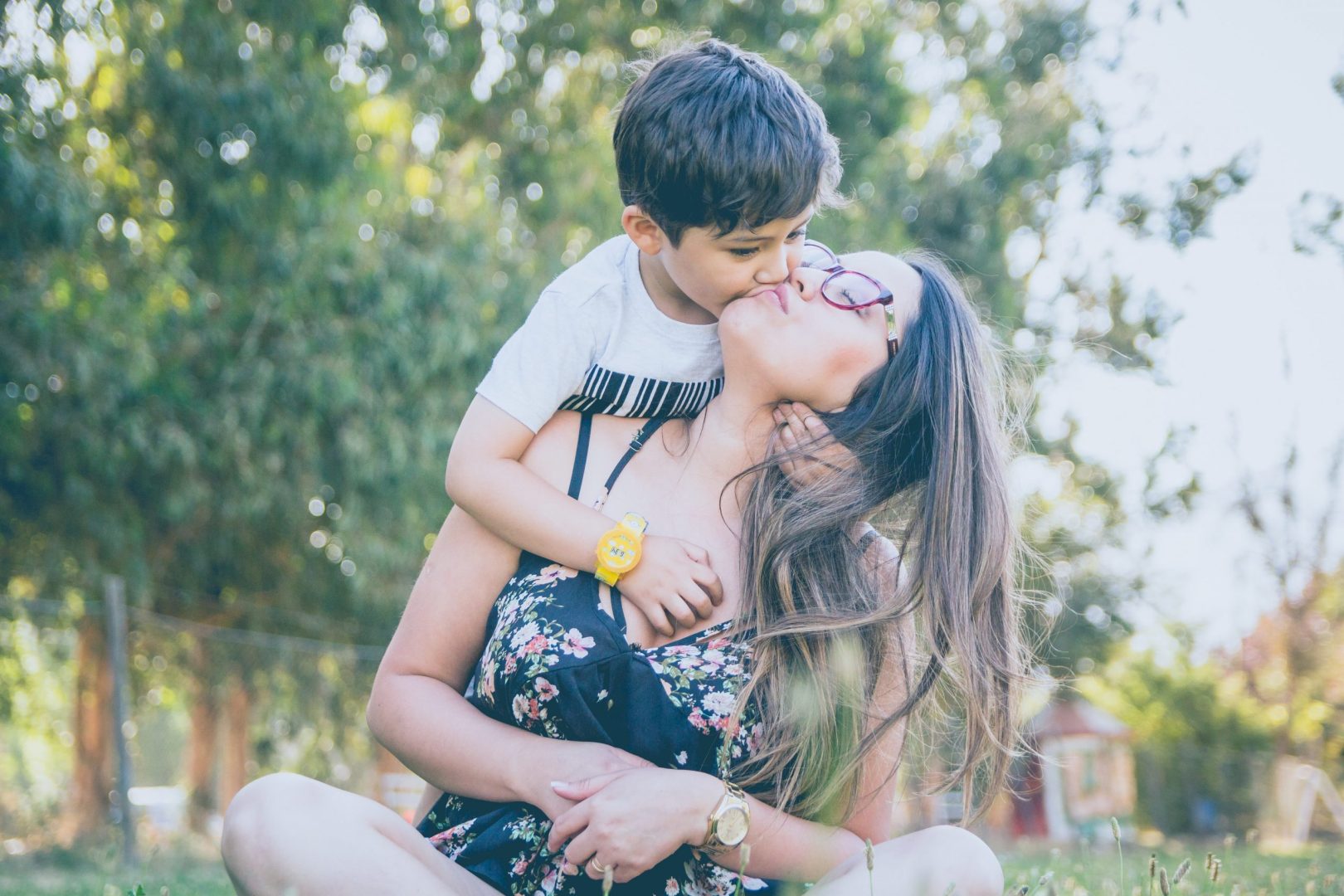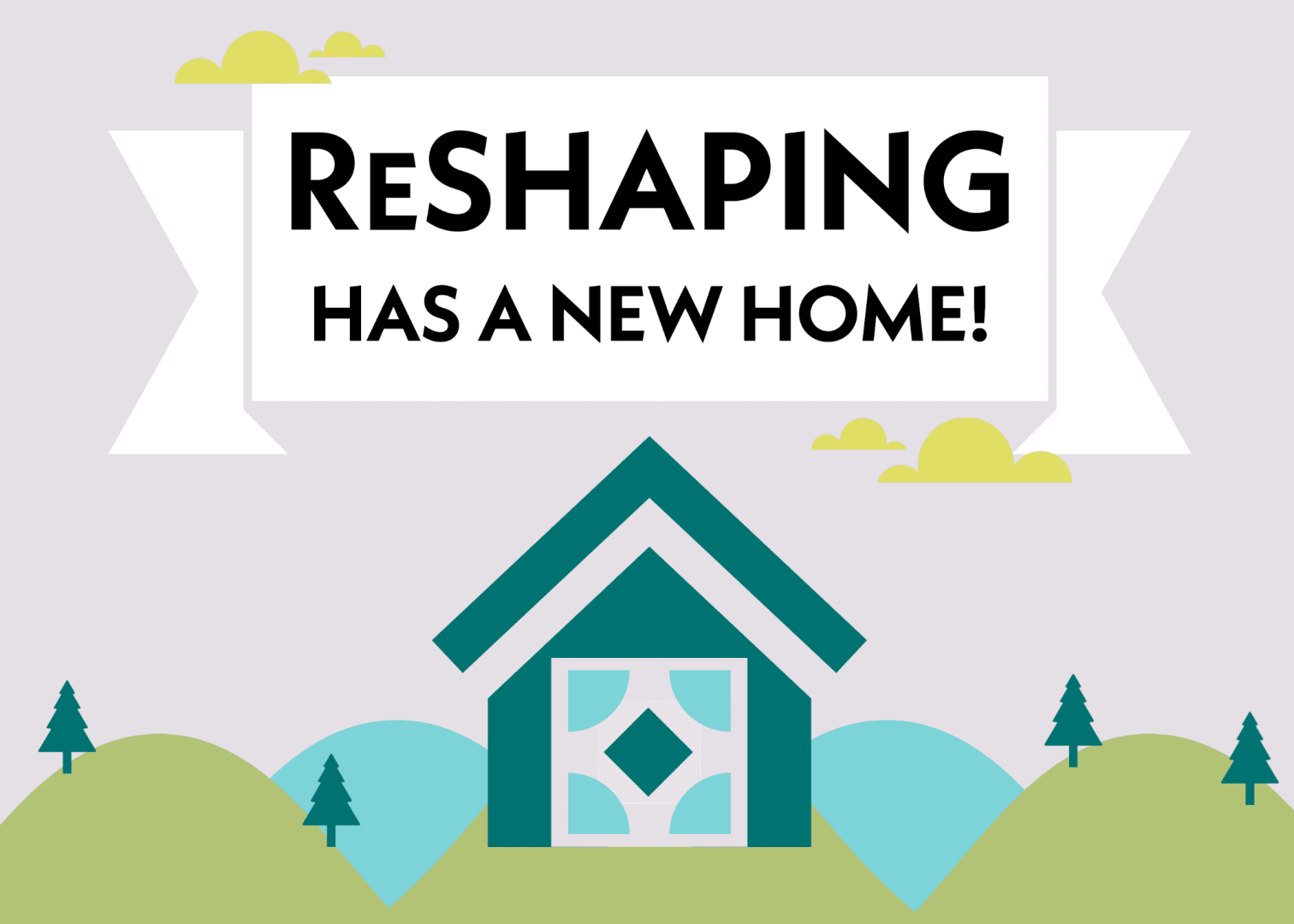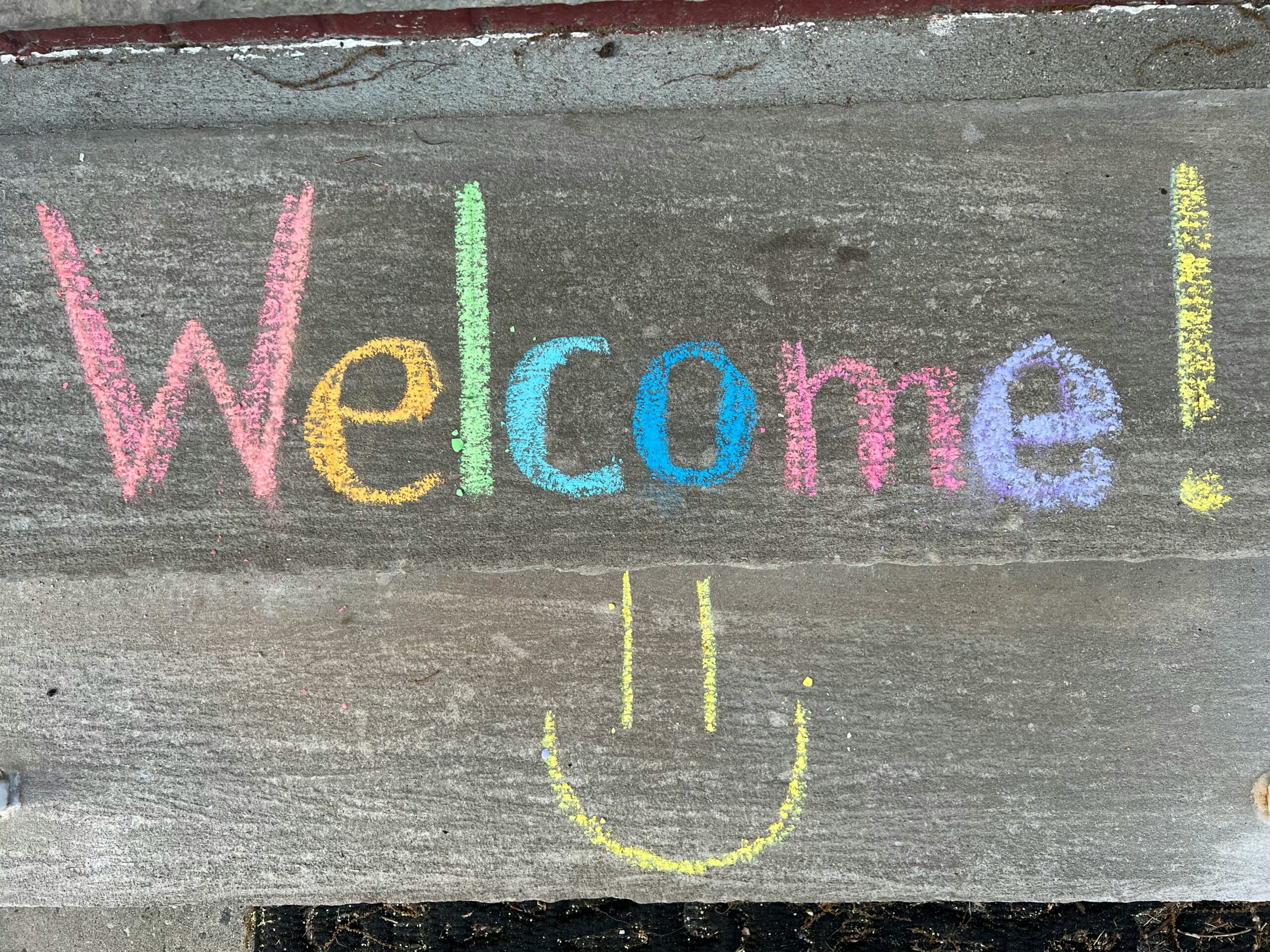An inside look at how some of our members leveraged partnerships & personal & professional growth when facing the challenges of pandemic life
We’ve heard from the CDC, Dr. Fauci, and just last night, I saw Spike Lee’s COVID vaccination campaign on television. But since the pandemic began, the experiences of young people who are pregnant and parenting have not made national headlines. I’m going to change that with this blog post.
In the fall of 2020, I reached out to colleagues across the country to understand how they were managing to connect with youth who are pregnant and parenting during the pandemic. Really, I asked them to write this blog post for me. Alas, they were so busy meeting the needs of young people that I wound up interviewing them instead.
I came away from these conversations with hope and pride for both the young people and their growing families and the adults who care for them. As you will read, each conversation is unique. Still, there are common themes that emerged: partnership, personal and professional growth, mental health challenges, virtual life, and operational changes. Most of all, though, was a genuine concern for the health and well-being of young people who, even in the best of times, are just trying to succeed.
Thank you to these fabulous adults for their time and care for young people!
Here are excerpts from our conversations, edited for clarity.
Laura Pedersen, RN, MSN, Arizona Youth Partnership (AZYP)
Going virtual during the pandemic increased AZYP’s reach because there were no geographic lines drawn limiting which areas of Arizona they could serve. And, Laura told me that referrals for services were also coming in beyond their usual service area.
Mental health was on her mind, too. “[These] kids are already so isolated,” Laura said, because the young parents’ parents and their community have rejected them. As of fall 2020, they could not be around their peers who are also pregnant, and “peer support is so huge” to the development of the teen and their child. Laura noticed an increase in depression among the AZYP young mothers and was planning to compare the rates to the 2019 rates. “Navigating school demands” and “depending more on family who may not be as supportive” are big challenges.
[I] didn’t have the luxury of time to figure it out. [I] had to do it quickly. [I had] the right people on the team to execute the idea.
As for program operations, the move to virtual service provision has had some benefits. “We are able to combine girls from across the state for classes,” Laura said, “so the burden of teaching too many community-based classes with small numbers isn’t happening.” Recently, Laura shared that AZYP will continue providing supports as a hybrid approach—in-person and online—so that AZYP can “continue reaching those [pregnant and parenting young people] that can’t come to a community location.”
Also, in response to the pandemic, AZYP developed asynchronous videos and posted them on a private YouTube channel for the young people who opted not to attend the live synchronous sessions. Laura is leveraging these videos for training new staff: win-win!
Laura credits her team for the success of AZYP’s work during COVID. “[I] didn’t have the luxury of time to figure it out. [I] had to do it quickly. [I had] the right people on the team to execute the idea.”
Brooke Olson and Jill White, Together For Youth, Young Parents Together
Before COVID, young people came together weekly at the local food bank to have a small meal, socialize, and receive education in breakout groups—a prenatal group and a parenting group—facilitated by Young Parents Together (YPT). When the pandemic started, the food bank set up a drive-through in their parking lot, so folks could pick up boxes of food. YPT leveraged that existing partnership to distribute educational resources, and YPT participants earned incentives for coming.
YPT was able to increase their contact with existing participants, and recruit new participants, during COVID while distributing materials at the drive-through, and referrals to other services also increased. By the fall, the number of youth tripled during the pandemic!
The team got “COVID creative,” as they put it, when the pandemic started by learning how to use Zoom and Google Classroom—skills that are relevant and transferrable across all types of learning and work.
For the young parents, connecting outside of the group settings was challenging and loneliness was real, but as the staff saw the young people talking back-and-forth from their cars at the food bank’s drive-through, they knew it was a positive sign.
“Baby Bucks” and gas cards were great incentives for attending weekly virtual sessions and utilizing the food bank drive-through. The team said, “Zoom uptake was slow, but now, [it’s] great!” YPT participants are more committed to attending, and the group is stronger. Brooke and Jill said it helped to be “more flexible in how we meet.” They went on to say that the “youth call it a family.”
Strengthening relationships extended beyond the young people, too. The team said that they got to know participants’ parents a lot more during the pandemic, and staff wellness was a priority. Routine check-ins were essential to share, learn, and support one another. “We are facing it together.”
A note about professional growth: The team got “COVID creative,” as they put it, when the pandemic started by learning how to use Zoom and Google Classroom—skills that are relevant and transferrable across all types of learning and work.
Emily Brzezicki, United Way Family Center in Brooklyn
At 3:30 on March 12th, Emily knew “we weren’t coming back.” She went on to say, “I got scared.” Emily wanted desperately to provide stability to the young parets in her program. So, she and the team started packing up food, diapers, wipes, and educational materials. The next day, the young parents in the program received the care packages. Over time, the deliveries grew and grew. Even the young parents referred family, neighbors, and friends to the program. Emily couldn’t do it alone, so more staff were making deliveries.
Emily told me that she received text messages from students worried about not going back to school, especially seniors who “were working hard” and were “scared they weren’t going to finish high school.” The seniors also experienced loss and disappointment every time activities were canceled, like the prom and graduation, and for those intending to go, college visits. This dragged on and, as Emily shared, was a “consistent let down over weeks and weeks.” The young parents had faith in the program, Emily said, and that the adults would do everything they could to help them succeed.
Emily said that she is “so impressed by our staff for trying something new, reinforcing the values of the program model, and maintaining connections with families.”
COVID is “affecting the trajectory of two generations.”
Recently, Emily noted, “We actually did not see an increase in depressive symptoms but a decrease in symptoms with the consistent support of staff.” Even with consistent outreach, Emily said some young people didn’t respond because it’s “easier to avoid answering calls than [to] say they need help.”
For some young parents, Emily noted, being parented while parenting is hard, and school is a sanctuary for them. Even as hard as it is juggling parenthood and school—in-person or virtual—these young people want to succeed.
Six months into the pandemic, the young people miss their “old normal.” The program was virtual as of the fall of 2020 but looked very similar to in-person services: groups meet at lunchtime, and individuals have sessions with support staff. Emily assured me that they “have a pulse on everyone.”
Successful strategies deployed included persistent and frequent text messages.
Emily said that she is “so impressed by our staff for trying something new, reinforcing the values of the program model, and maintaining connections with families.”
LeAna Brown, MSW, Health Care Access Maryland (HCAM)
LeAna shared that COVID changed the way that cases at HCAM were triaged. Before the pandemic, there was “lag time because there was only one Community Care Coordinator. As of fall 2020, three coordinators are serving clients, and HCAM planned to stick with this model.
LeAna said that she spent a good amount of time debunking the assumption that some of the “pregnant teens thought that services were not available” due to COVID.
Remember that [young people who are pregnant and parenting] are going through a lot” and [you should] assume that you are “unaware of all [of] the trauma they experienced.
For younger parents, the challenge was trying to parent while in school. LeAna said that the lack of childcare was hard, but some young parents’ parents or grandparents would “watch the child, so they can complete classes or homework.” For older young parents, their challenge was being furloughed or stopping work. Some even had high-risk pregnancies to manage.
While there was an increase in anxiety and depression referrals, LeAna credits her “low-pressure” style and casual and conversational approach with clients for her success. She said she was surprised that clients were willing to talk and open up.
In follow-up conversations with the program director, LeAna said, clients expressed appreciation for LeAna. LeAna’s advice is to “remember that [young people who are pregnant and parenting] are going through a lot” and [you should] assume that you are “unaware of all [of] the trauma they experienced.”
Angelise Shelby, MSW, B’more for Healthy Babies/Promise Heights
Keeping in touch with young parents during COVID has been difficult. Angelise said B’more for Healthy Babies/Promise Heights’ “outreach is mainly social media” and “rely[ing] on partners’ social media.” In fact, some of the hardest things Angelise experienced during the pandemic were not being able to “find and engage” new and young parents and “building relationships [because it’s] hard [to do] over video.” She said they “cannot even do a chat over lunch.”
Engagement has dropped, too. Even though her program is trying to do groups online, as she puts it, clients are “zoomed out.”
Angelise noted an increase in material needs such as diapers, wipes, formula, baby food due to job loss and no daycare during the pandemic.
COVID has been challenging for the young parents she serves because they not only have to take care of themselves and their child; some are also responsible for caring for and supporting the virtual learning of their younger siblings in the home. Angelise said that the young people are “overwhelmed and frustrated.”
Angelise cannot emphasize enough that “parenting youth need respite care,”
Angelise has found that among her participants, marijuana use is up and mental health, specifically anxiety, is quite apparent. For one young parent at the beginning of the pandemic, the only way to see their child was via video call. Thankfully, as of the fall, when Angelise and I talked, they were able to do socially distant, in-person visits.
For some young parents, Angelise said, living with their parents is highly stressful. At the beginning of the pandemic, she “got a lot of calls [from young parents] saying they need to get out” of the house and “go somewhere for a few days to calm down.” Angelise cannot emphasize enough that “parenting youth need respite care,” even if it is only it is to “drop off their child for a day or two.” She added, “Parents need somewhere to go, too” because “emergency shelter is the only option now.”
Angelise shared a piece of personal growth that she noted over the course of the pandemic—and arguably professional growth—that had a ripple effect. She learned to set boundaries with her clients, which, in turn, “clients had to learn patience” and “figure it out until [she] could help them.” The young parents had to “be planful” and she said, “they’ve gotten better.”
One of the greatest surprises Angelise shared was that the “clients ask how staff are doing,” and it showed her that “we reached them on a deeper level than she thought.”
Wrapping It All Up
These amazing people and their teams deserve so much more than a blog post from Healthy Teen Network. If you agree, share this with your colleagues coast-to-coast.
As for the rest of us, it’s not too late to start doing things now to support young people who are pregnant and parenting during the pandemic. How can you leverage partnerships? What changes can your programs make? What personal and professional growth could support this work?
P.S. If you’re looking for a resource to help you think about planning your programs and services, check out the Young Parents Logic Model.
Hang in there, everyone!








